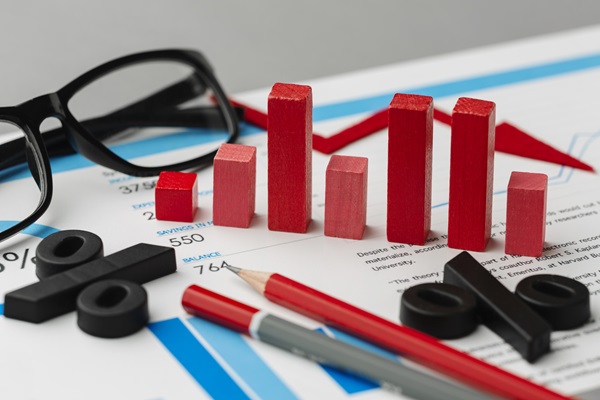 SHARE
SHARE
Easy and Practical Way to Create a Profit and Loss Statement for Food Sales
Briantama Afiq Ashari
If you're running a culinary business, whether it's a food stall, restaurant, or online food venture, one crucial thing you must have is a profit and loss statement for food sales.
This report helps you understand your business's financial condition: are you making a profit, a loss, or just breaking even?
But don’t worry, it’s not as complicated as you might think.
In this article, we’ll walk you through what a profit and loss (P&L) statement is, its key components, the steps to create one, plus examples and practical tips.
We’ll even recommend accounting software for those of you who want a quick, hassle-free solution.
What is a Profit and Loss Statement for Food Sales?
A profit and loss statement is a financial summary that records a business’s income and expenses over a certain period—typically monthly or yearly.
- For food businesses specifically, the P&L tracks:
- Total revenue from food/beverage sales
- Costs of ingredients and operations
- Net profit earned during the period.
Without this report, running your business is like flying blind—you won’t know where your money goes or even realize if you're quietly losing money.
Read Also: 26 Sources of Capital for Culinary Businesses in 2025 That You Must Know
Key Components of P&L Statement for Culinary Businesses
Source: Freepik
To make food sales profit and loss report right, you need to know the components first. There are several important parts that must be included:
Steps to Create a Profit and Loss Statement for Food Sales
Source: Freepik
Let’s walk through how to create a simple, practical profit and loss report. You can use Excel, Google Sheets, or basic accounting software to get started.
Step 1: Define the Reporting Period
Gather all sales data for the desired period—monthly, quarterly, or yearly. Include all types of food and drinks sold to ensure your income is complete.
Step 2: Record All Income
Summarize food/beverage sales from all sources, both offline and online.
Step 3: Calculate Cost of Goods Sold (COGS)
Add up all costs for raw ingredients, gas, oil, and other kitchen-related production expenses. Record them in detail for accuracy.
Step 4: Calculate Gross Profit
Gross Profit = Revenue - COGS
Step 5: Record Operating Expenses
Include all other business-related expenses: staff wages, rent, utilities, delivery costs, and marketing.
Step 6: Calculate Net Profit
Net Profit = Gross Profit - Operating Expenses.
Simple Example of a Food Sales P&L Statement
To make things clearer, here's a quick sample you can use for reference:
Reviewing reports like this monthly helps you track business performance and make strategic decisions.
Single Step vs. Multiple Step P&L Reports: What’s the Difference?
1. Single Step Profit and Loss Report
The simplest model. All revenue is totaled, then all expenses are subtracted. Best suited for small-scale culinary businesses or microenterprises.
Example:
Source: ESB Documentation
2. Multiple Step Profit and Loss Report
A more detailed format that separates operating and non-operating transactions. Ideal for restaurants with multiple branches or complex financial structures.
Example:
Source: ESB Documentation
Tips to Make a More Effective Profit and Loss Statement
To ensure your report is not just numbers on paper but a useful business tool, follow these tips:
- Update records daily or weekly
- Use POS or financial software for automatic tracking
- Separate personal and business finances
- Conduct monthly reviews to evaluate strategies
- Don’t delay data entry—missing info means inaccurate results.
Conclusion
Creating a profit and loss statement for food sales is not just a formality—it’s a vital foundation for maintaining healthy business finances.
From recording income, calculating costs, to knowing your net profit, this report keeps your business accountable and informed.
If you’re still tracking manually, it’s time to try accounting tools.
With well-organized reports, you can make smarter decisions and grow your culinary business into a more profitable and sustainable venture.
Want to boost your profits and simplify your finances? Try ESB POSLite now and enjoy automated profit and loss reports!
 SHARE
SHARE




